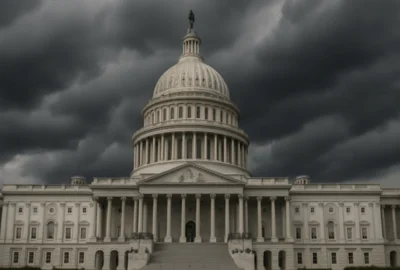WASHINGTON, April 24, 2012 – Agriculture Secretary Tom Vilsack today announced funding for 13 partnership agreements for high-priority wetland restoration and conservation work in 12 states. The USDA's Natural Resources Conservation Service (NRCS) and a network of partners have nearly $15 million in financial and technical assistance available for these projects in 2012 and will enter into long-term agreements to deliver additional assistance over the next four years.
"These projects were selected because of their significant contribution towards wetlands restoration, enhancement or protection," Vilsack said. "This partnership effort combines Federal resources with the funding and expertise of others needed to improve water quality, prevent flooding, and enhance wildlife habitat on more than 16,500 acres of wetlands." The Wetlands Reserve Enhancement Program (WREP) is a special component of the NRCS' Wetlands Reserve Program (WRP). Through WRP, private landowners can restore and permanently protect wetlands. WREP works differently—partners, such as nongovernmental organizations and state agencies, contribute technical and financial assistance to leverage NRCS' funding. These partners identify special WREP project areas where they plan to focus wetlands restoration and protection efforts. Private landowners located within awarded areas can work with NRCS and the partner to restore and protect wetlands. Participants retain ownership and access to the land and may be able to generate income from grazing or recreation approved by NRCS.
From extensive restoration in the Florida Everglades to ongoing efforts around the Gulf of Mexico Initiative, USDA is working with state and local governments and private landowners to conserve and protect our nation's natural resources – helping preserve our land, and clean our air and water.
Next month, the NRCS celebrates the 20th anniversary of the Wetlands Reserve Program. More than 11,000 of America's private landowners have voluntarily enrolled over 2.3 million acres into the WRP. The cumulative benefits of these wetlands reach well beyond their boundaries to improve watershed health, the vitality of agricultural lands and the aesthetics and economies of local communities.
Landowners may apply at their local NRCS office (find your nearest NRCS service center at http://go.usa.gov/m2Y) or by contacting the proposal partner listed below.
Learn more about WREP at http://go.usa.gov/m24 and find out about other NRCS programs and initiatives at http://go.usa.gov/m22.
Colorado Lower South Platte Rocky Mountain Bird Observatory $34,241 Georgia Arabia Bay Georgia Forestry Commission $2,077,500 Iowa, Kansas, Missouri, Nebraska, South Dakota Missouri River Flood Recovery The Nature Conservancy $2,920,036 Iowa Southern Prairie Pothole Wetland Initiative Iowa Department of Natural Resources $1,038,000 Maryland Nassawango/Dividing Creek The Nature Conservancy $500,000 Nebraska Working Lands Approach to Restoration – Rainwater Basin Nebraska Association of Resource Districts $538,503 Nebraska Integrated Monitoring and Management – Rainwater Basin 1 Nebraska Game and Parks Commission $40,000 New Hampshire Southeast Land Trust of New Hampshire Southeast Land Trust of New Hampshire $1,258,733 North Carolina Coastal Federation Proposal North Carolina Coastal Federation $50,000 Pennsylvania Monitoring Bog Turtle Mid-Atlantic Center for Herpetology and Conservation $40,000 Pennsylvania Ohio River Watershed Initiative The Trust for Tomorrow $80,000 South Dakota East Dakota Water Development District East Dakota Water Development District $2,239,200 Texas Gulf Coast Conservation Initiative Coastal Bend Bays and Estuaries Program $4,000,000 Total $14,816,213 # USDA is an equal opportunity provider and employer. To file a complaint of discrimination, write: USDA, Office of the Assistant Secretary for Civil Rights, Office of Adjudication, 1400 Independence Ave., SW, Washington, DC 20250-9410 or call (866) 632-9992 (Toll-free Customer Service), (800) 877-8339 (Local or Federal relay), (866) 377-8642 (Relay voice users).
Source: U.S. Department of Agriculture









